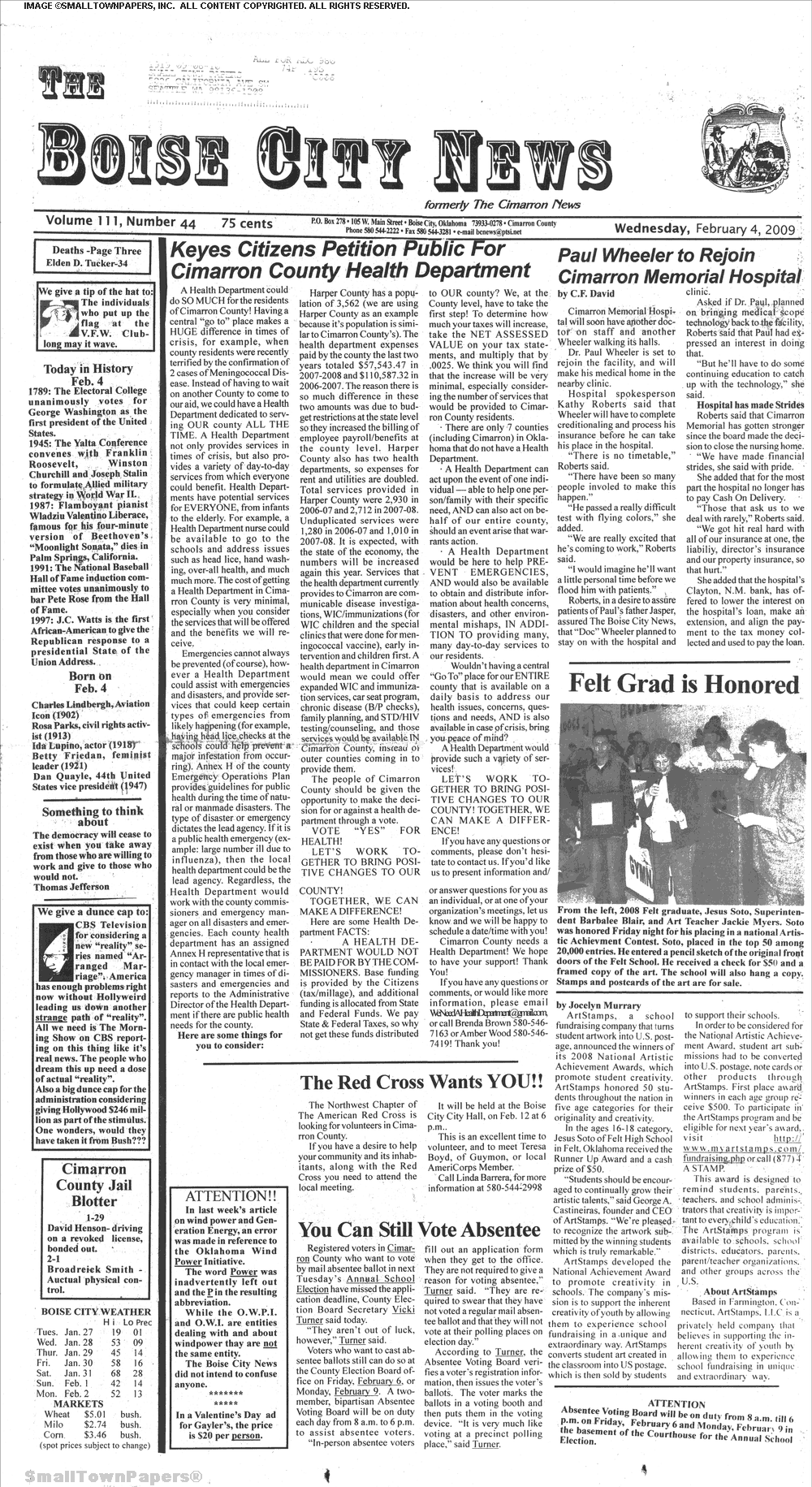
Or if not to a war zone, in close proximity to one. This seems far less a question at this point than an eventuality, but… will the last vestiges of fossil fuel domination burn furiously right up to the borders of energy transformation? The physical proximity of Russia and Norway hide the light years in distance they are from one another in ways that should make us wonder about the elasticity of time:
a new study by the Clean Cities Campaign, a coalition of non-governmental organizations, which analyzed 36 European cities on factors such as road safety for pedestrians, access to climate friendly transportation and air quality. The research found that Oslo is making the most progress on wiping out mobility emissions, followed by Amsterdam and Helsinki. Naples and Krakow had the lowest scores due, in part, to congestion. The financial hubs Paris and London ranked fifth and 12th, respectively.
Meanwhile, bombs, missiles, troops, and chaos for civilians in Ukraine. We may think this is about a crazy person’s LOOK AT ME obsession and not a ‘war’ for resources, but without the latter, there is no source for the former. His delusions are being fueled by the old standbys, in addition to resentment and authoritarianism.
Dammit.

